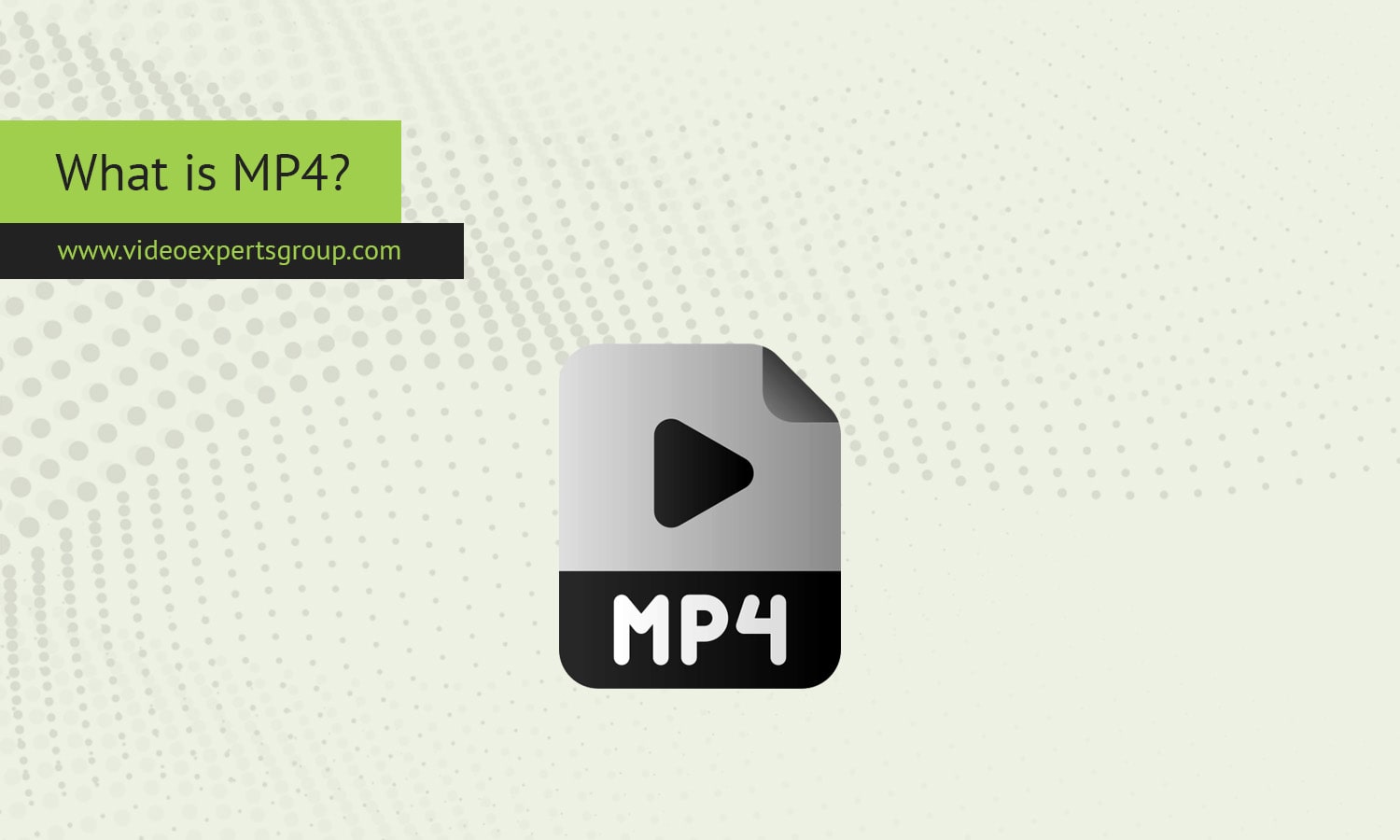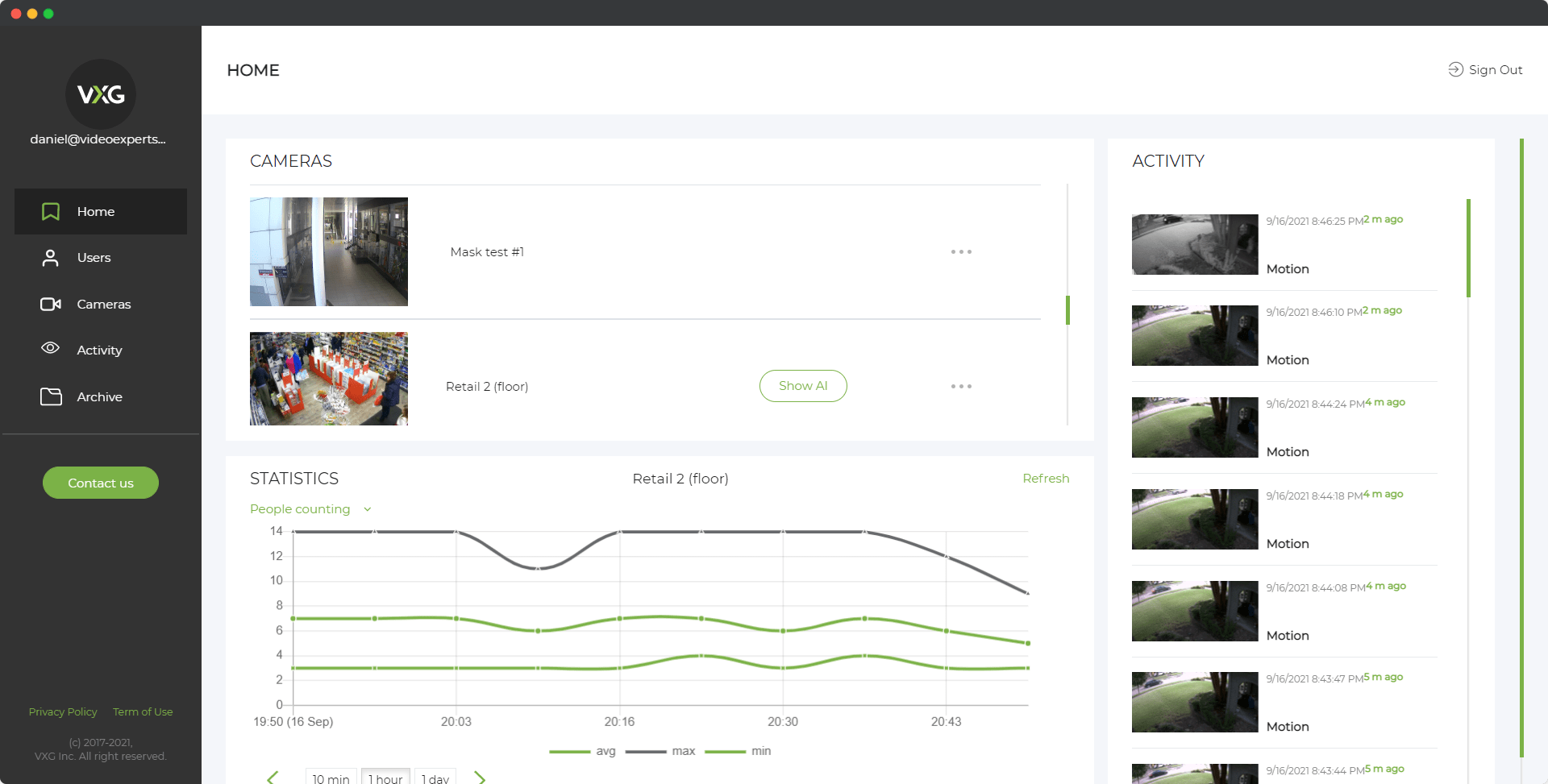Among the various formats available, MP4 has emerged as a widely recognized and utilized format. Known for its versatility and efficiency, MP4 is synonymous with high-quality video streaming and storage. But what exactly is MP4, and how does it relate to MPEG-4? In this article, we'll explore the meaning of MP4, its advantages, and its limitations in a clear and concise manner.
Meaning
MP4, or MPEG-4 Part 14, is a digital multimedia container format developed by the Moving Picture Experts Group (MPEG). A container format is essentially a file format that can store different types of data compressed in various ways. MP4 is designed to hold both video and audio streams, as well as subtitles, still images, and metadata (information about the file), all within a single file.
MPEG-4 itself is a standard used for compressing digital video and audio data. The goal of this compression is to reduce the file size without significantly compromising the quality of the content. MPEG-4 accomplishes this by using a method known as lossy compression, where some data deemed less critical is discarded during compression. While this might sound like a drawback, it’s what makes MP4 so efficient, enabling fast streaming and download times while maintaining satisfactory quality.
MP4 is not just about compression; it also supports a range of multimedia features. For instance, it allows for interactive elements, such as menu options on a video file, and supports various forms of digital rights management (DRM) to protect content from unauthorized copying and distribution. This flexibility and wide support make MP4 the go-to format for many users and platforms.
Pros
-
Wide Compatibility: MP4 is supported by almost all video players, operating systems, and devices. Whether you're using a smartphone, tablet, computer, or even a gaming console, you can play MP4 files without any additional software or codecs. This universal compatibility makes it easy to share and view MP4 files across different platforms.
-
Efficient Compression: MP4 provides a good balance between file size and quality. The lossy compression used in MPEG-4 effectively reduces the size of the video and audio files, making it ideal for streaming, downloading, and storing large quantities of multimedia content. Despite the compression, MP4 files typically retain high-quality visuals and sound.
-
Versatility: MP4 can store a wide variety of data types, including video, audio, subtitles, and metadata. This makes it a versatile format for different kinds of content, from simple video recordings to complex multimedia presentations.
-
Streaming Capabilities: MP4 is widely used for streaming video content over the internet. Its efficient compression and support for various streaming protocols make it an ideal choice for online video platforms like YouTube, where quick loading times and smooth playback are crucial.
-
Support for Advanced Features: MP4 files can include interactive elements, such as clickable menus, as well as DRM technology, which helps protect content from unauthorized use. This makes MP4 suitable for commercial applications, such as digital movie rentals and purchases.
Cons
-
Lossy Compression: While the lossy compression used in MP4 files makes them smaller and easier to handle, it does come with a trade-off. Some data is lost during the compression process, which can result in a slight reduction in quality, particularly in audio or when compressing high-definition video. For professional use where maximum quality is essential, this might be a concern.
-
Processing Power Requirement: Due to the complex compression algorithms used in MPEG-4, decoding MP4 files can require a significant amount of processing power, especially for high-definition videos. On older or less powerful devices, this might lead to issues such as slow playback or reduced battery life.
-
Limited Editing Capabilities: MP4 is not the best format for video editing. The lossy compression makes it less suitable for tasks that require multiple rounds of editing and rendering, as each round of compression can degrade the quality further. Professionals often prefer formats like AVI or MOV for editing before converting to MP4 for distribution.
-
DRM Restrictions: While DRM support is a pro for content creators and distributors, it can be a con for consumers. MP4 files with DRM may have restrictions on how and where they can be played, which can be frustrating for users who want more flexibility with their purchased content.
MP4, or MPEG-4 Part 14, is a powerful and versatile multimedia container format that has become a standard in digital video and audio distribution. Its wide compatibility, efficient compression, and support for advanced features make it a preferred choice for both casual users and professionals. However, like any technology, it comes with its own set of limitations, particularly in terms of quality loss during compression and processing power requirements. Understanding these pros and cons can help you make informed decisions about when and how to use MP4 in your multimedia projects.
















